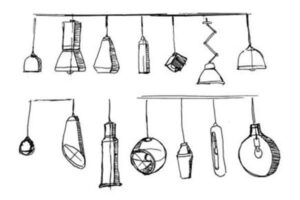
What are the disadvantages of LED lighting design
It is well known that LEDs have poor heat resistance, which will inevitably bring about the problem of wick life. The design of the existing LED lamps is often difficult to meet the requirements of heat dissipation. In a field with very strict heat dissipation requirements, a very poor passive heat dissipation method is used, and most of them are air-cooled or even closed air-cooled. For some lamps, a plastic sleeve should be added between the driver board and the aluminum heat sink to increase the reliability of the insulation, and it is also necessary to pour heat-dissipating silica gel to improve the heat-dissipation capacity. The T8 lamp tube is still closed, and the wick can only rely on air convection to transfer heat to the aluminum tube on the back of the lamp tube for heat dissipation. Generally, the internal temperature of such lamps will be seventy or eighty degrees. And if the heat dissipation is taken into account, the weight is a problem; taking into account the weight, the heat dissipation is difficult to guarantee, which is a dilemma in the existing design, and there is no feasible standard.
